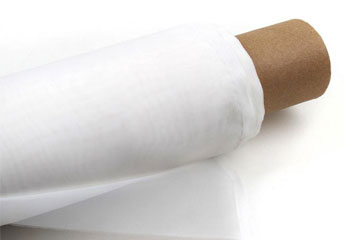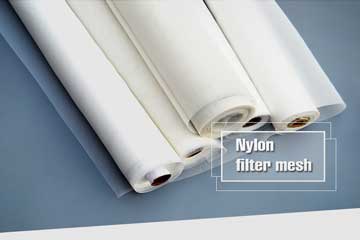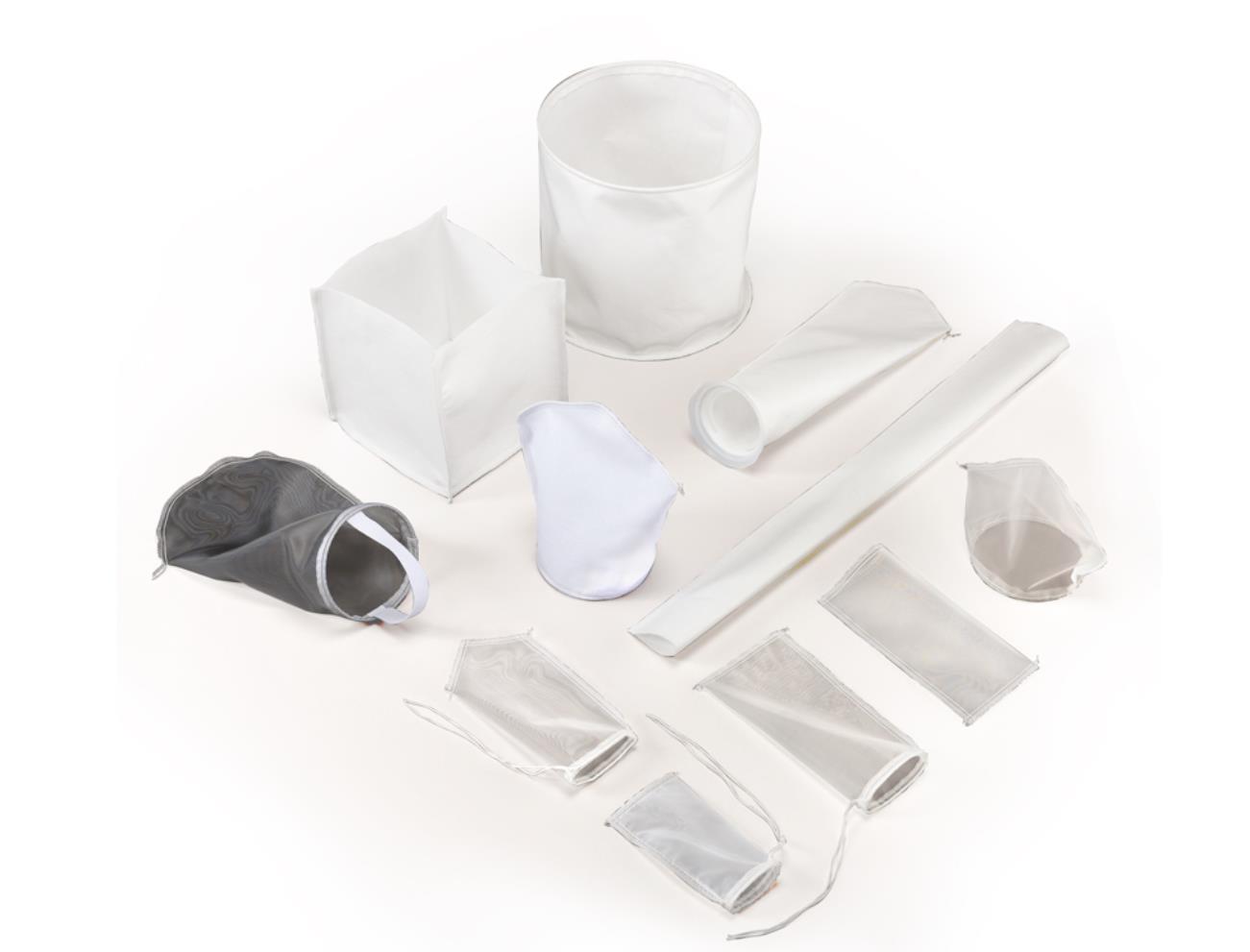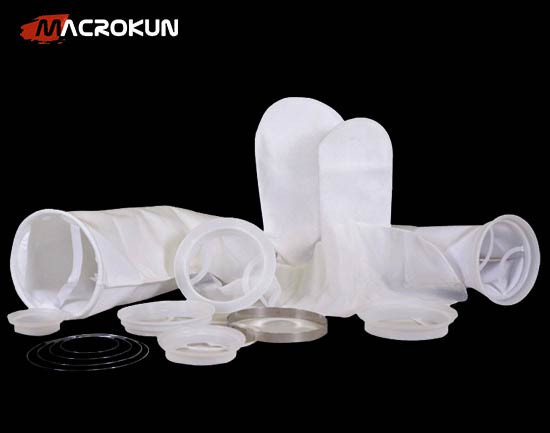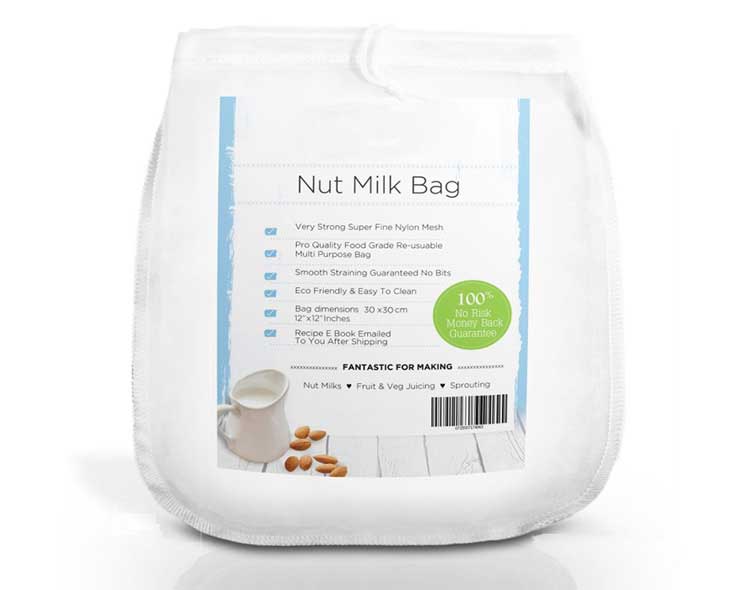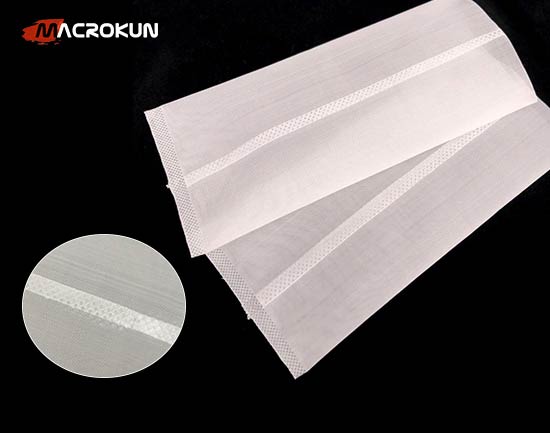Choosing with Confidence: A Practical Guide to Nylon Membrane Manufacturers and the Membranes They Deliver
Top nylon membrane manufacturers will be willing to discuss pilots that demonstrate these savings, making it easier to justify the initial purchase.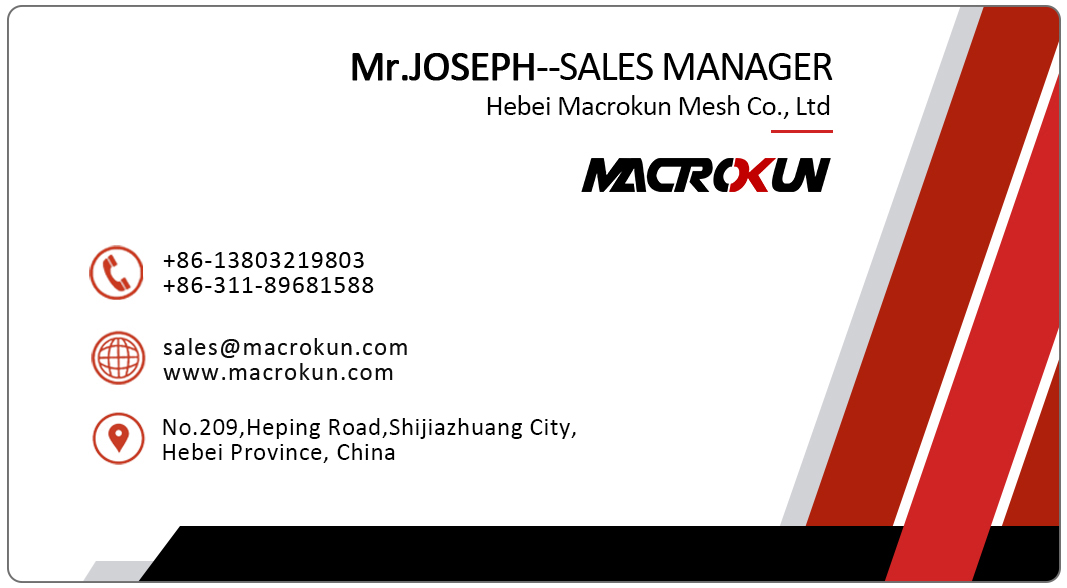
In filtration, the material at the heart of your process determines outcome: clarity, yield, uptime and long-term cost. For many analytical laboratories, production lines, and industrial applications, nylon membranes deliver a compelling mix of solvent compatibility, mechanical strength, and dependable wetting. If you're evaluating suppliers, this guide will help you quickly separate reliable nylon membrane manufacturers from commodity sellers, and choose membranes that bring consistent, measurable improvements to your workflows.
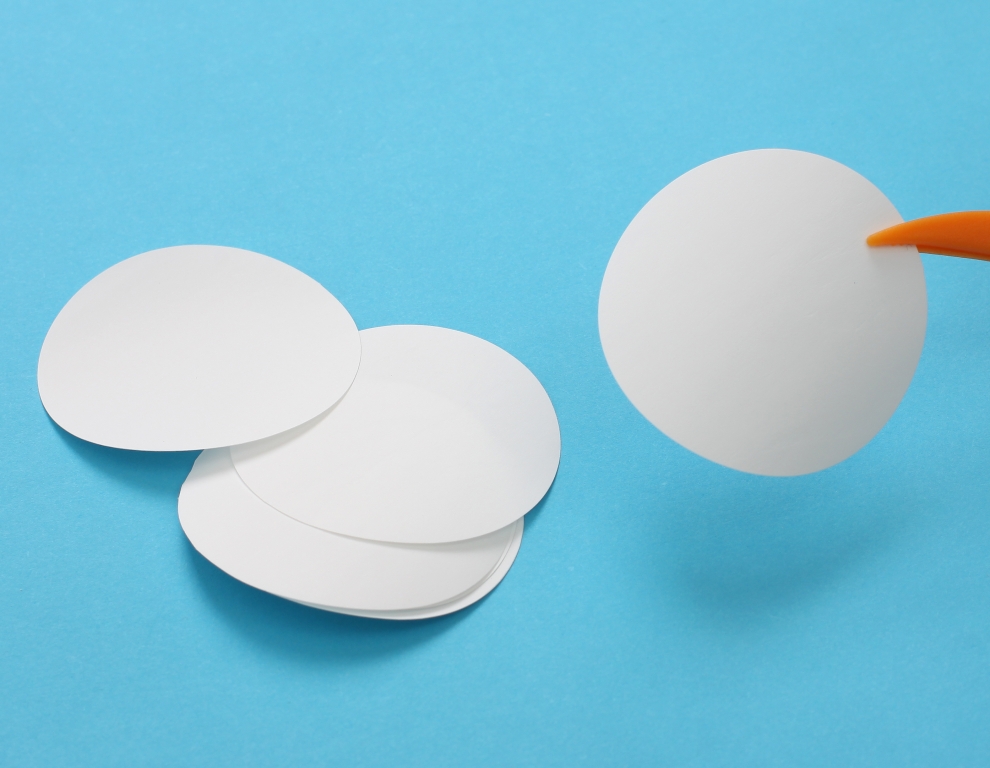
Why nylon? A short, practical primer
Nylon membranes are prized because they combine intrinsic hydrophilicity with strong mechanical properties and broad chemical compatibility. Unlike some cellulose-based membranes, a well-made nylon membrane tolerates a wider range of solvents while still wetting easily for aqueous filtration. For operations that run mixed chemistries—HPLC sample prep in the morning, solvent filtration in the afternoon—this flexibility is invaluable.
When choosing between suppliers, ask whether their manufacturing process controls extractables, provides batch certificates, and supports pilot testing. Reputable nylon membrane manufacturers not only supply material specs, they offer data showing how their membranes behave under real process conditions.
The types of nylon membrane products to know
Understanding product formats helps match performance to need. Common nylon membrane forms include:
-
Disc filters (syringe / vacuum filters): The go-to for sample preparation and instrument protection. Opt for 0.2 µm or 0.45 µm discs depending on whether you need near-sterile clarity or routine particulate removal.
-
Sheets and rolls: Useful for custom assemblies or batching tasks; rolls allow cutting to size and are economical for high volume work.
-
Pleated cartridges / modules: Designed for production scale. A pleated nylon membrane cartridge provides high surface area, reliable flux, and easier changeouts.
-
Woven nylon nets: Coarse filtration and prefiltration jobs, offering high throughput and abrasion resistance.
Top nylon membrane manufacturers typically support the same formats across multiple pore sizes so you can standardize on a single material family while scaling from lab to plant.
What separates great manufacturers from the rest
When you’re comparing suppliers, these practical signals indicate maturity and reliability:
-
Detailed technical data: Permeability curves, solvent compatibility, protein binding data and thermal tolerance. Vendors that publish this information show they’ve tested real conditions.
-
Quality control & traceability: Batch certificates, lot traceability, and consistent QC sampling reduce surprises at scale.
-
Pilot support & samples: Good manufacturers will provide trials or small pilot lots so you can validate performance in your process before committing to large orders.
-
Regulatory and production readiness: For food, pharma or medical uses, ensure the supplier can provide documentation for cleaning, extractables, and applicable certifications.
-
After-sales technical support: A knowledgeable technical team helps minimize the time it takes to qualify a membrane in your plant.
These are the attributes that differentiate the reliable nylon membrane manufacturers you want on your vendor list.
Selecting pore size and material for common use cases
Pore selection is central to membrane performance. Here are practical matchings:
-
0.2 µm – 0.22 µm: Use for sterile filtration, microbiological prep, or when instrument protection demands near-sterility.
-
0.45 µm: Frequently used in HPLC sample prep and general particle removal. Fast flow with good protection for columns and detectors.
-
1.0 µm and larger: Clarification and coarse particulate removal, often used ahead of fine polishing steps.
-
Woven meshes (10–180 µm): Pre-filters for abrasive streams or for high throughput where fine filtration is not required.
Work with your shortlisted nylon membrane manufacturers to run side-by-side tests at expected operating pressures and temperatures—practical testing beats theoretical matching every time.
Compatibility, fouling, and recovery — real operational concerns
No membrane is perfect in every situation. Two real issues you’ll face are fouling and analyte binding. Nylon membranes tend to bind certain proteins more than low-binding PVDF or PES membranes; if protein recovery is critical, test membrane options early. On the fouling side, nylon’s mechanical strength often means that membranes can be cleaned effectively and reused longer, provided the correct CIP protocols are in place.
Top nylon membrane manufacturers will share recommended cleaning chemistries, maximum allowable differential pressures, and data on membrane performance after repeated cleaning cycles. These operational details are where costs and downtime are truly controlled.
Procurement checklist for purchasing teams
Use this checklist when requesting quotes or proposals:
-
Specify format, pore size, and preferred packaging (pack of discs, bulk rolls, cartridges).
-
Request sample packs across 2–3 pore sizes and one production-scale cartridge for pilot runs.
-
Ask for batch certificates, flow vs pressure curves, and solvent compatibility sheets.
-
Confirm lead times and minimum order quantities; ask about emergency supply options.
-
Verify warranty terms and technical support SLAs for qualification and commissioning.
Suppliers that deliver clear answers on these points are the nylon membrane manufacturers you should prioritize for qualification.
Case examples — what clients actually gain
Across industries, switching to a vetted nylon membrane from a reputable manufacturer produces measurable benefits:
-
Analytical labs see fewer instrument blockages and more reliable chromatography because samples are consistently cleaner.
-
Pilot lines experience more predictable membrane life and fewer unplanned changeouts when a pleated nylon cartridge replaces ad hoc filter solutions.
-
Manufacturers using solvent filtration reduce solvent consumption and downtime by adopting membranes with better chemical compatibility and recoverable cleaning cycles.
These outcomes are practical and repeatable when you buy from nylon membrane manufacturers that verify performance under your process conditions.
Negotiation tips and total cost of ownership
Price per membrane is only part of the story. Negotiate with a focus on total cost of ownership:
-
Volume pricing and predictable lead times reduce stocking needs.
-
Improved membrane life cuts replacement frequency and lowers labor costs for changeouts.
-
Lower chemical use and less frequent CIP translate into direct operating savings.
Top nylon membrane manufacturers will be willing to discuss pilots that demonstrate these savings, making it easier to justify the initial purchase.
Final recommendation — build a short supplier shortlist
Start with a focused shortlist of three manufacturers that meet your technical and logistical criteria. Validate each with small pilots, measure flux, clarity and cleaning resilience, and then choose the vendor that delivers consistent data and reliable support.
If you build this process into procurement, nylon membranes stop being a consumable and become a predictable control point in your process. That shift is what separates reactive maintenance from systematic quality control—and that’s where the best nylon membrane manufacturers prove their worth.
RELATED PRODUCTS
RELATED ARTICLES
Tags:
